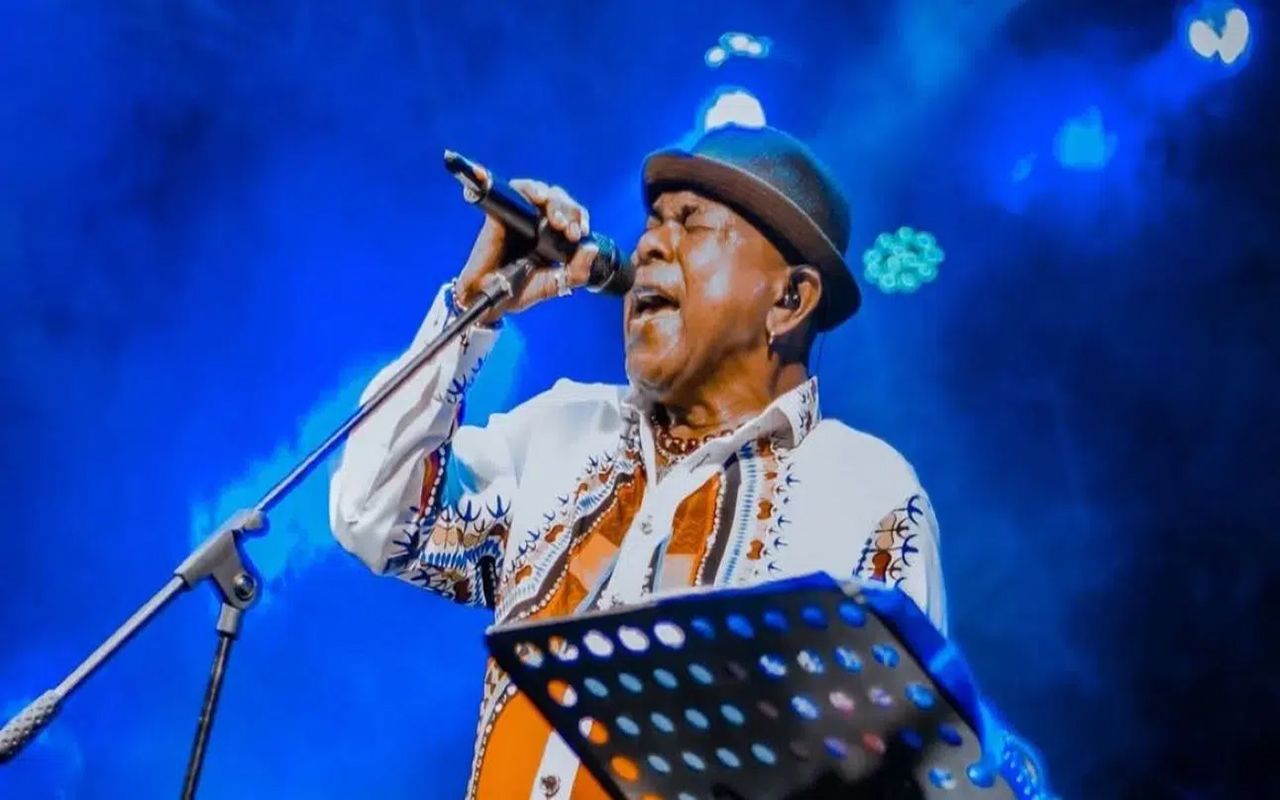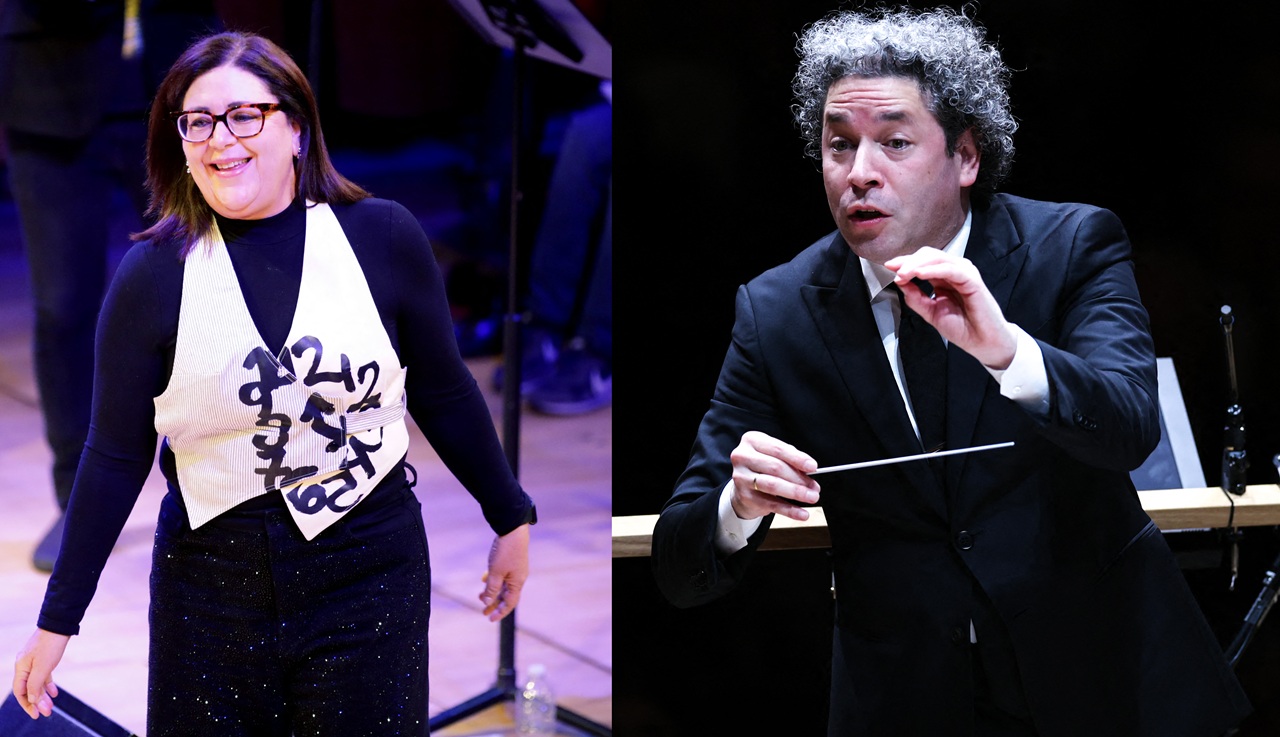
Saving Folklore: Peru's Resilience to the Pandemic
The COVID-19 pandemic has put the arts sector to the test, not only because of the difficulty of reaching out to its audience, but also because of the…
At the beginning of the pandemic we saw concerned voices raised about the survival of art and artists in a world without stages, cinemas, bookstores or stadiums.
We also saw parents and school teachers concerned about how children's education should be continued.
Neither side has found a definitive answer to these questions, but now they have another one: how to save folklore?
Because of its traditional and ancestral nature, folklore is a heritage that can easily be lost if it is no longer taught, and for those who have been fighting against its oblivion for decades, this is not an option.
In Lima, the Escuela Nacional Superior de Folklore José María Arguedas (ENSFJMA), reached its 71st year of existence making the transition to virtual teaching.
Given that Peru is the sixth country in the world with the most reported cases of COVID-19 (251,338 to date), the return to face-to-face classes is still a remote option for this institution that offers professional folk dance and music programs.
As a result, the ENSFJMA has started to give classes through video calls and, as reported by the media El Peruano, they have found that this circumstance has allowed them to take care of aspects that used to be more neglected: theory and history.
RELATED CONTENT
That in a school of folk arts history is relegated may surprise, but it is understood when one imagines the hours in rehearsals and choreography, or of individual work in instrument classes.
Since, especially in the case of dance, the possibilities of correcting a step, adjusting a posture or coordinating a choreography are restricted, the option of explaining the history and symbolism of a tradition more thoroughly can help students to understand it more deeply and to continue it.
In the case of musical studies, each student would have to study clarinet or saxophone, in addition to the instrument in which he or she specializes. For this reason, José Reynaldo Nieves told El Peruano, the teachers have taken advantage of this opportunity to compensate for the work in music theory.
Under normal conditions, the school would have a room with instruments available to students, but between the pandemic and the economic crisis, it is impossible to ask students to buy new instruments to practice at home.
However, the possibility of working individually with their instrument teachers has remained virtual, with the added advantage that, by not having to travel, students now have more time to study and record or produce music from home.
In the future, we will be able to see how this time has allowed the students of the Arguedas to cultivate the next generation of Peruvian folklore, which even though it is a traditional knowledge, always responds to the great events of the present.











LEAVE A COMMENT: